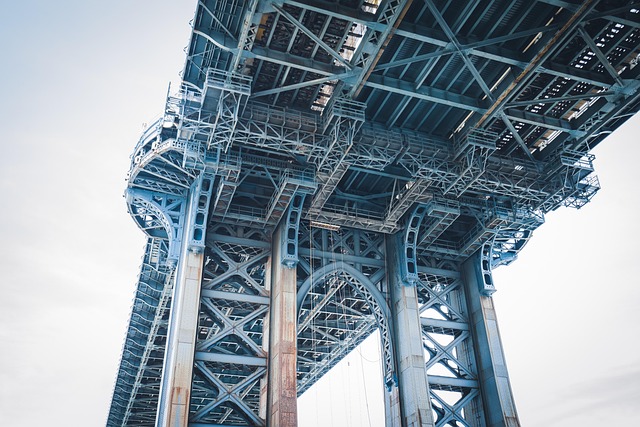Pier Installation is a critical method for reinforcing older buildings' structural walls, especially in regions with weak soil or seismic activity. This process involves driving vertical piers into the ground adjacent to unstable walls, providing robust support and preventing settling, cracking, or leaning. Key benefits include enhanced stability, preservation of architectural aesthetics, and long-term safety against geological challenges. Structural engineers employ advanced assessment methods, such as laser scanning and non-destructive testing, followed by strategic pier placement tailored to specific structures and loading conditions. Strict safety protocols, including worker training and site inspections, ensure a secure installation process. Pier Installation not only strengthens buildings but also improves energy efficiency, reduces maintenance costs, and minimizes water infiltration, making it a valuable solution for both commercial and residential properties in challenging environments.
Structural Wall Stabilization is a critical process aimed at reinforcing and supporting existing walls, addressing various issues such as settlement, cracking, or uneven alignment. This article offers a comprehensive guide to understanding and implementing this technique, focusing on pier installation as a key method. We explore its role in wall support, identifying instability, different pier types, planning, execution, safety, long-term benefits, and highlight successful projects through case studies. Learn how pier installation can effectively solve complex structural challenges.
Understanding Structural Wall Stabilization: An Overview

Structural Wall Stabilization is a crucial process aimed at enhancing the integrity and strength of existing walls, particularly in older buildings or structures facing environmental challenges. This technique involves various methods to address issues like settling, cracking, or leaning walls, ensuring their stability and longevity. One effective approach is Pier Installation, which serves as a robust solution for reinforcing and supporting walls.
By driving vertical supports, or piers, into the ground adjacent to the wall, engineers create a stable base that transfers loads efficiently. This method is especially beneficial for walls built on weak soil or in areas prone to seismic activity. Pier Installation offers a discreet yet powerful way to stabilize structures, allowing them to withstand external forces and preventing further damage or collapse.
The Role of Pier Installation in Wall Support

Pier installation plays a pivotal role in structural wall stabilization, offering a robust solution for supporting and reinforcing existing walls. This technique involves strategically placing vertical supports, or piers, at regular intervals to distribute and bear the load of the wall, effectively preventing collapse and shifting.
By installing piers, engineers can reinforce weak or unstable walls, ensuring their longevity and safety. Piers are particularly useful in older buildings where original construction may have used inferior materials or techniques, or in areas prone to seismic activity or heavy loads from upper floors. This method provides a discreet yet powerful means of wall support, allowing for the preservation of both structural integrity and architectural aesthetics.
Identifying Wall Instability Issues
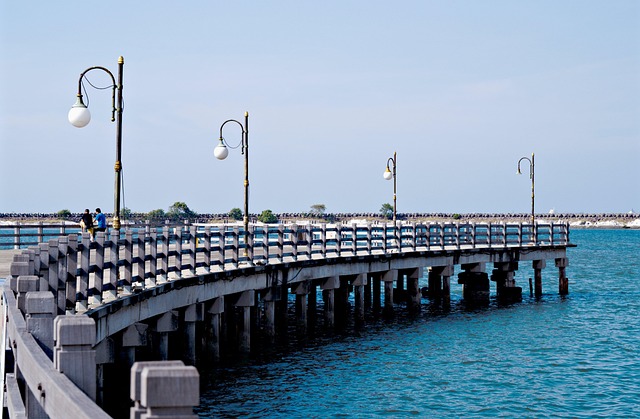
Identifying wall instability issues is a crucial step in structural wall stabilization. Over time, walls can become compromised due to various factors like settling, shifting soil, poor initial construction, or exposure to extreme weather conditions. Signs of instability may include cracks on the wall surface, uneven or bulging sections, doors and windows that stick or do not align properly, and slanted or tilted walls. Proper evaluation requires a thorough inspection by structural engineers who can pinpoint specific issues using advanced techniques like laser scanning and non-destructive testing methods.
One common solution to address these problems is pier installation. Piers are vertical supports, typically made of concrete or steel, that are driven deep into the ground to provide additional stability to walls. This technique is particularly effective for walls showing signs of leaning or shifting. By distributing the load more efficiently and preventing further movement, pier installation can significantly improve wall stability and longevity, especially in areas prone to seismic activity or variable soil conditions.
Types of Piers and Their Applications

In the realm of structural wall stabilization, piers play a pivotal role in reinforcing and supporting weakened or unstable walls. There are several types of piers, each with its unique application depending on the specific structural needs. Steel piers, for instance, are widely used due to their high strength-to-weight ratio, making them ideal for both residential and commercial buildings. These versatile pillars can be installed vertically or at an angle, offering a flexible solution for various wall stabilization scenarios.
Concrete piers, another common option, provide immense structural support and are particularly effective in bearing heavy loads. They are often used in older buildings or structures exposed to significant lateral forces like wind or earthquakes. Pier installation techniques vary based on the type of pier and the condition of the existing structure, ensuring a tailored approach to wall stabilization. This precision is crucial for maintaining the integrity and safety of the building while enhancing its longevity.
Planning and Preparation for Pier Installation
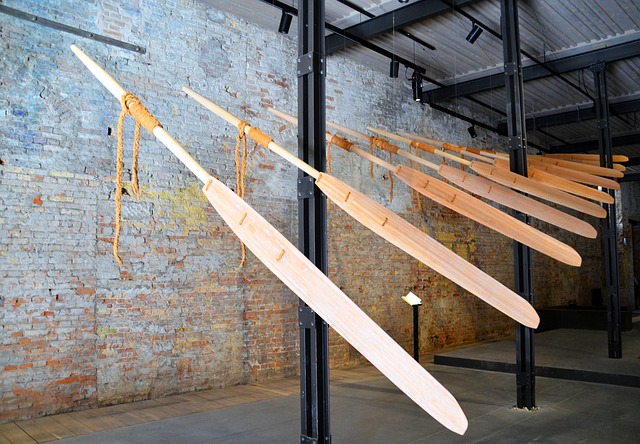
Before embarking on any structural wall stabilization project, meticulous planning and preparation are paramount, especially when considering Pier Installation techniques. The initial steps involve a thorough site assessment to evaluate the existing structure’s integrity and identify potential issues or weaknesses. This includes analyzing the type of soil, the current load-bearing capacity of the walls, and understanding the building’s architectural design.
During this phase, structural engineers should also consider access points for installation and any necessary permits or regulations that might apply. Proper planning ensures a seamless Pier Installation process, maximizing efficiency and minimizing disruptions to the surrounding environment while ensuring the structural integrity of the wall is enhanced effectively.
Execution and Safety Measures During Construction
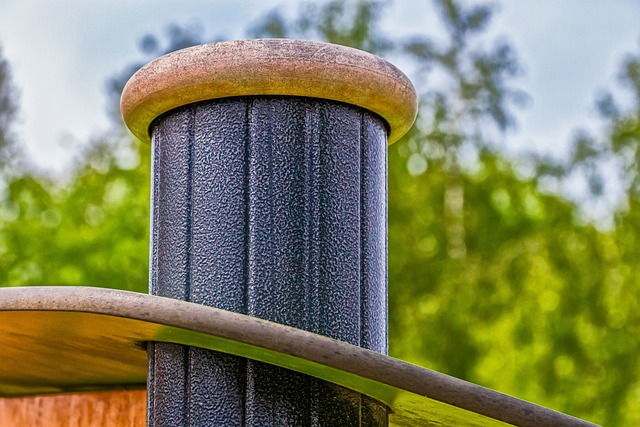
During the execution of structural wall stabilization projects, especially involving pier installation, meticulous safety protocols must be rigorously followed to ensure the well-being of construction workers and surrounding structures. The process often entails complex operations high above ground level, necessitating robust safety gear, such as harnessed ropes and secure platforms, for all personnel involved.
Stringent measures include comprehensive training for workers on proper handling techniques, equipment maintenance, and emergency response protocols. Regular site inspections are crucial to identify potential hazards, ensure compliance with safety regulations, and make necessary adjustments to the stabilization plan. This meticulous approach guarantees a safe working environment while achieving effective wall reinforcement through pier installation.
Benefits and Long-term Effects of Wall Stabilization
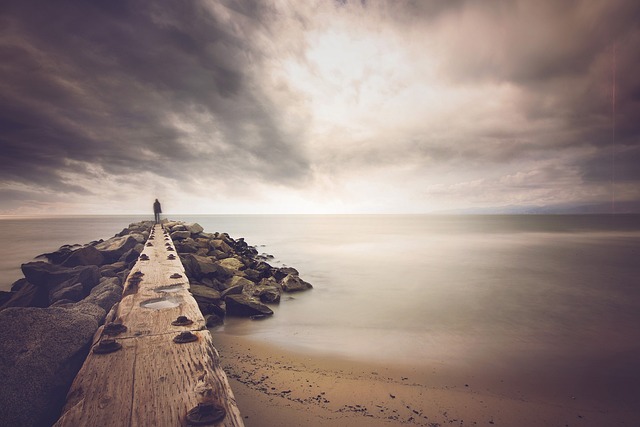
Wall stabilization techniques, such as pier installation, offer numerous advantages for both commercial and residential properties. One of the primary benefits is enhanced structural integrity; by reinforcing walls, these methods prevent further damage caused by settlement or shifting soils, ensuring the building’s long-term stability. This is especially crucial in regions prone to seismic activity or unstable soil conditions.
Additionally, pier installation can improve energy efficiency and reduce maintenance costs over time. Stabilized walls provide better insulation, leading to more consistent indoor temperatures and, consequently, lower heating and cooling expenses. The process also minimizes the risk of water infiltration, which can cause mold growth and other structural issues. As a result, buildings with stabilized walls often require less frequent repairs and maintenance, making them a cost-effective solution in the long run.
Case Studies: Successful Pier Installation Projects

Successful Pier Installation projects serve as compelling case studies for structural wall stabilization. These cases highlight the effectiveness of piering technology in reinforcing and securing walls, particularly in challenging geological conditions or structures facing vertical stress. By installing piers, engineers have successfully mitigated issues like settlement, leaning, and instability, leading to longer-lasting and safer buildings.
One notable project involved a historic structure in a seismic zone, where deep foundation piers were driven into the bedrock to replace deteriorating wooden piles. This intervention not only improved the structural integrity of the building but also enhanced its resilience against future tremors. Another example is a commercial development in a low-lying area prone to flooding, where pile support was crucial for raising the structure above potential water levels, ensuring both stability and longevity.
